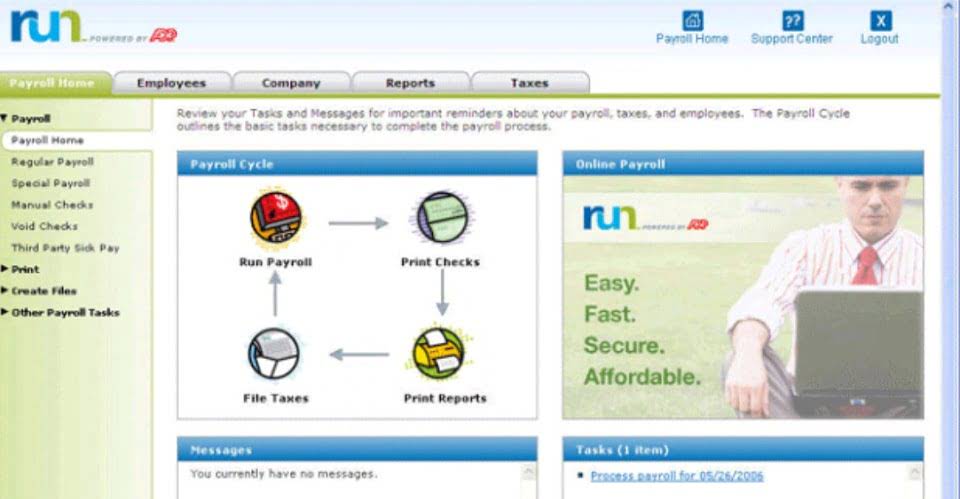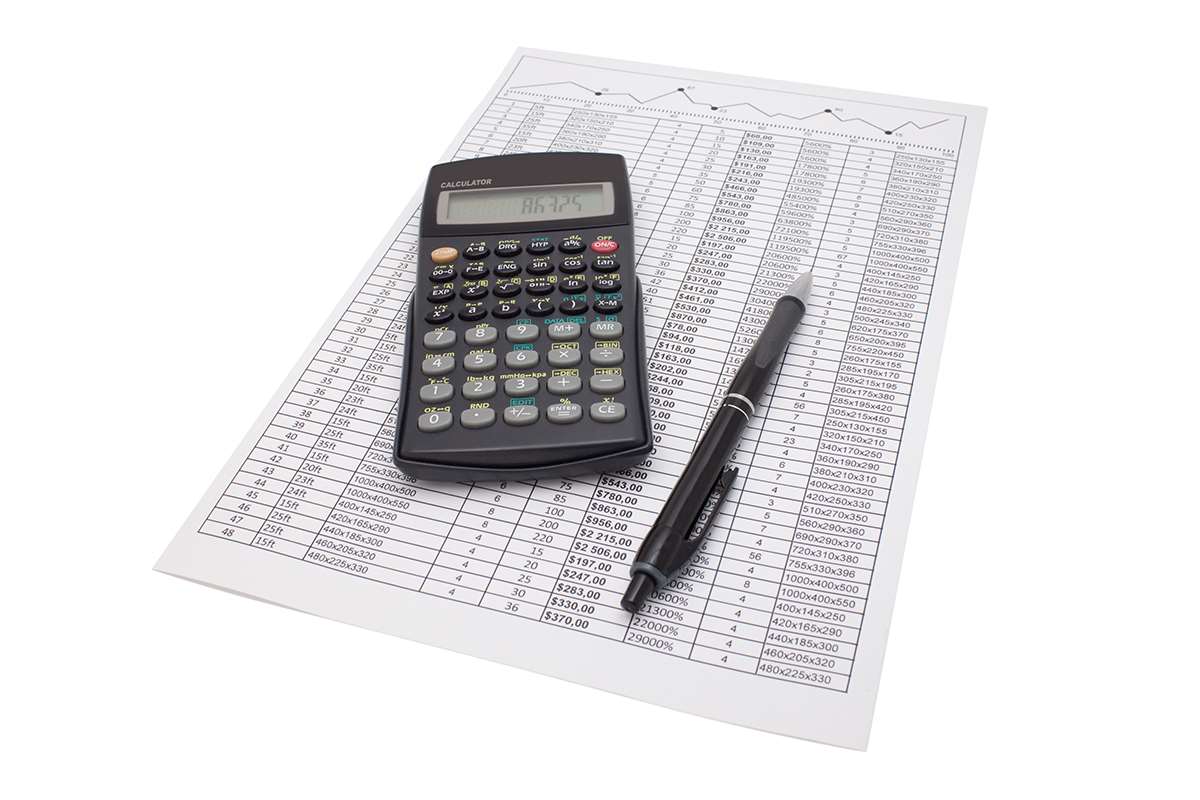How to Calculate Sales Margin: A Comprehensive Guide

Profit margin can also be calculated on an after-tax basis, but before any debt payments are made. Continuously monitor your competition’s pricing and sales strategies to stay ahead of the game. A low Sales Margin indicates inefficient use of indirect resources, while a high margin shows strong profitability.
Sales Margin vs. Gross Profit Margin
The sales margin measures how much money you retain on the sale of an item or service after direct costs are deducted. It shows your levelof profitability before operating expenses are deducted. Several key factors can impact your sales margins, including pricing, cost of goods sold (COGS), and sales volume. Analyze how changes in these variables affect your margins and overall profitability. For instance, if your COGS increases due to rising raw material prices, it may squeeze your gross sales margin unless you adjust your pricing accordingly. Gross sales margin only considers the direct costs of producing a good or service, such as materials and labor.
- A mistake in the use of these terms can lead to price setting that is substantially too high or low, resulting in lost sales or lost profits, respectively.
- It’s calculated by dividing a company’s net income by its total revenue and multiplying that figure by 100.
- Understanding its significance allows businesses to adjust their offerings strategically to meet consumer demand while managing costs effectively.
- We have supported over 734 startups in raising more than $2.2 billion, while directly investing over $696 million in 288 companies.
- You’ll learn how to identify and account for all relevant costs, compare your margins to industry benchmarks, and leverage this knowledge to optimize your pricing strategy.
- Net profit margin is used when calculating a comprehensive view of profitability.
Step 4: Apply the Sales Margin Formula
Similarly, fluctuations in sales volume can have a significant impact on your margins. Higher sales volumes may allow you to achieve economies of scale and improve margins, while lower volumes can put pressure on profitability. For example, for a desired margin of 50%, simply multiply the purchase cost by 1.5 to obtain the minimum selling price. The sales margin is an essential indicator for managing your sales activity and profitability.

Calculating selling price
A good _(gross profit margin)_ allows business owners profit allows business owners like Rachel to breathe easily. It is the profit earned from selling a product (revenue) minus the cost of goods sold (COGS). It is essential to maximize gross profit margin because it determines the foundation of a business’s profitability. A high gross profit margin indicates that a company is pricing its products correctly and efficiently controlling costs.

Market news
Companies and investors can determine whether the operating costs and overhead https://hcl.oidev.org/2020/08/28/rent-paid-in-advance-journal-entries-with-examples-2/ are in check and whether enough profit is generated from sales. Gross margin is the percentage of a company’s revenue that’s retained after direct expenses such as labor and materials have been subtracted. It’s an important profitability measure that looks at a company’s gross profit as compared to its revenue.


It is also useful to compare these margins to the same calculations for competitors. Such investigations are a key management technique for maintaining reasonable margins in a business. Margin is a percentage that indicates the Rate of Return, while EBIT is the absolute operating profit before interest and taxes. These strategies will help you create a clear roadmap to increasing sales margin, ensuring long-term sustainability and growth for your business. Identify areas for improvement, such as streamlining operations, controlling costs, or optimizing production.
How to calculate operating profit margin
Gross trial balance profit margin accounts for COGS only, which reflects direct costs. You calculate margin by subtracting the cost of goods sold (COGS) from the selling price. Toggle through the buttons at the top to calculate selling price or cost price instead.

ZATCA-Specific Profit Recognition Framework
Based on your data analysis, you should be able to identify the areas where you are performing well or poorly in terms of sales margin. You should also be able to spot the opportunities what is a sales margin and threats that may affect your sales margin in the future. You should then take action to improve your sales margin performance, such as reducing your costs, increasing your prices, offering more value-added services, or targeting more profitable customers. Sales margin is a key indicator of the profitability and efficiency of a business. It measures how much of every dollar of sales a company keeps as earnings, after deducting the costs of production, distribution, and other expenses.




